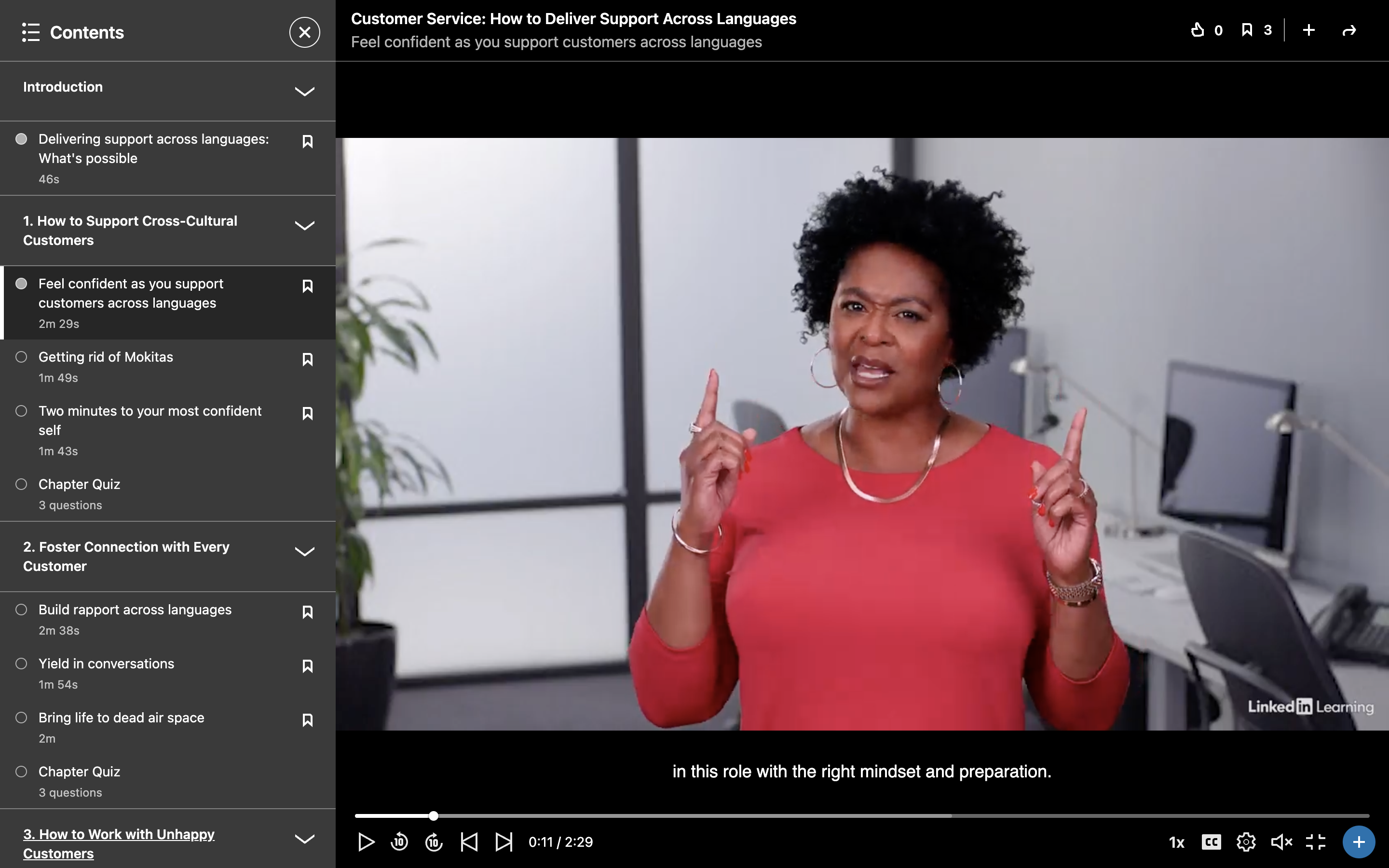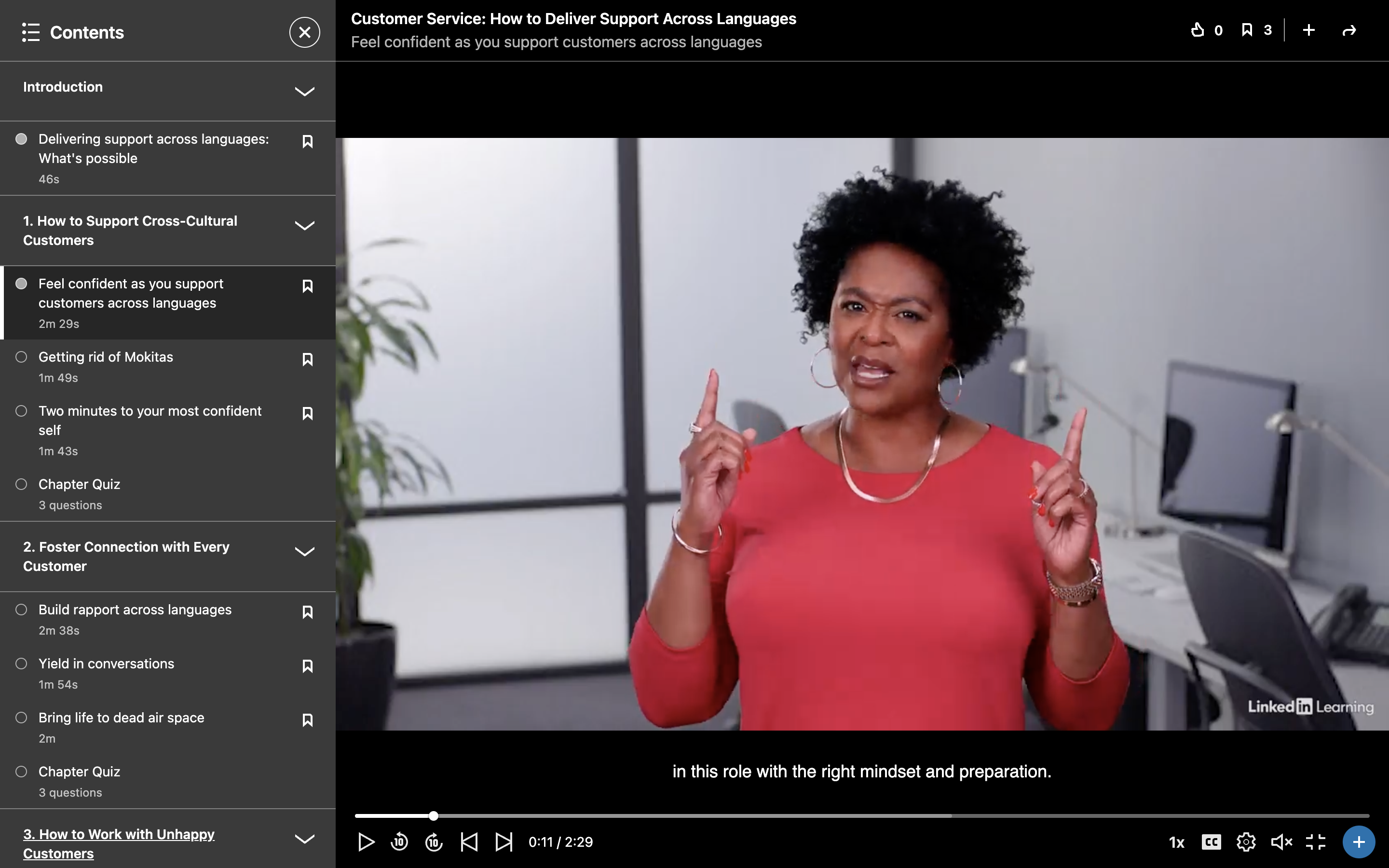Mastering Multilingual Support: Top Customer Service Techniques for Effective Communication

In today's globalized world, businesses are increasingly catering to customers from diverse backgrounds and cultures. As a result, they must be able to provide top-notch customer support in multiple languages. This is where multilingual customer support comes in. It involves offering assistance to customers in their preferred language to ensure that their issues are resolved quickly and effectively.
Providing multilingual support not only helps businesses expand their market reach but also enhances customer satisfaction. When customers feel that their needs are being understood and addressed in their native language, they are more likely to develop loyalty towards the brand. This, in turn, translates to better customer retention and increased revenue.
However, mastering multilingual customer support is no easy feat. It requires a deep understanding of different languages and cultures, as well as the ability to communicate effectively with customers from diverse backgrounds.
In the following sections, we will discuss the importance of effective communication in customer service, the challenges of multilingual support, and the top techniques for mastering it.

If you need help preparing agents for supporting customers across languages, check out my LinkedIn Learning Course: Customer Service - How to Deliver Support Across Languages.
Importance of Effective Communication in Customer Service
Effective communication is the cornerstone of exceptional customer service. It enables customer support representatives to understand the concerns of their customers and provide them with the necessary assistance. When customers feel that they are being listened to and their issues are being addressed effectively, they are more likely to become repeat customers and recommend the brand to others.
In the context of multilingual support, effective communication becomes even more crucial. When customers reach out for help in their native language, they expect the support representative to understand their concerns and provide appropriate assistance. This can be a challenging task, especially if the customer service representative is not fluent in the customer's language. However, by using the right techniques and customer service phrases, it is possible to overcome this challenge and deliver exceptional support.
Moreover, effective communication in multilingual customer service goes beyond just language proficiency. It also involves understanding cultural nuances and adapting the support approach accordingly. For instance, certain gestures or expressions that may be perfectly acceptable in one culture could be considered impolite in another. By being aware of these differences and adapting the support approach, businesses can ensure that their customers feel respected and valued.
Challenges of Multilingual Support
Providing multilingual support comes with its own set of challenges. The most obvious one is the language barrier. Even if a customer service representative is proficient in multiple languages, they may still struggle to understand certain accents or dialects. Additionally, some languages are more challenging to learn than others, which can make it difficult for support agents to become fluent in them.
Another challenge is the possible lack of cultural understanding. Misunderstandings can arise if the support representative is not familiar with the customs and practices of the customer's culture. This can lead to miscommunication and dissatisfaction on the part of the customer.
Finally, there is the issue of scalability. As a business grows and expands into new markets, it may become difficult to maintain a high level of multilingual support. Hiring and training new support agents can be time-consuming and expensive, especially if they need to be proficient in multiple languages.
Despite these challenges, businesses must invest in multilingual customer support to stay competitive in today's global marketplace. By mastering effective communication techniques and leveraging the right customer service phrases, businesses can overcome these obstacles and deliver top-notch support to their international customers.
Techniques for Mastering Multilingual Customer Service
- Hire native speakers: One of the most effective ways to ensure high-quality multilingual support is by hiring native speakers of the languages you wish to support. Native speakers naturally understand the language and its nuances, enabling them to communicate effectively with customers. Additionally, they are more likely to be familiar with their respective countries' cultural norms and practices, making it easier for them to establish rapport with customers from those regions.
- Invest in language training: For businesses that cannot hire native speakers for every language, investing in language training for existing customer support agents is a viable alternative. By equipping your support team with the necessary language skills, you can ensure that they can communicate effectively with customers in their preferred language.
- Leverage technology: In today's digital age, plenty of tools and technologies can help businesses provide multilingual support. For instance, translation tools and apps can assist support agents in understanding and responding to customer queries in different languages. Additionally, companies can also invest in AI-powered chatbots that are capable of providing support in multiple languages.
- Create a multilingual knowledge base: A comprehensive and well-organized knowledge base is essential for empowering your support team to deliver adequate multilingual support. Translating your existing knowledge base articles into multiple languages enables your support agents to quickly access the relevant information they need to assist customers in their preferred language.
- Develop a system for handling language barriers: Despite your best efforts, there may be situations where your support agents need help understanding or communicating effectively with a customer due to language barriers. In such cases, it is essential to have a system in place for handling these situations. This could involve handing off the customer to another support agent who is more proficient in the language or using translation tools to bridge the communication gap.
Useful Customer Service Phrases for Effective Communication
To ensure effective communication in multilingual customer support, it is important to have a repertoire of customer service phrases that can be used in different situations. Here are some examples of customer service language that can come in handy:
When You Have Difficulty Pronouncing Names
- "I apologize if I mispronounce your name, but could you please help me understand how to pronounce it correctly?"
- "I want to make sure I address you correctly. Can you please guide me on the pronunciation of your name?"
- "Please forgive me if I am not pronouncing your name correctly. Can you please tell me the correct pronunciation?"
When You Don't Understand Your Customer
- "I'm sorry, but I'm having difficulty understanding your concern. Can you please provide more details or explain it in a different way?"
- "I apologize for the confusion. Could you please rephrase your question or concern so I can better assist you?"
- "I want to make sure I fully understand your issue. Can you please clarify your concern or provide more information?"
Bring Life to Dead Air Space on Customer Calls
During customer calls, there may be moments of silence or dead air space while you are looking up information or waiting for a response from the customer. Instead of allowing the silence to create awkwardness, use customer service phrases to fill the void and keep the conversation flowing:
- "I am currently looking up the information you requested. Please bear with me for a moment while I find the answer."
- "Thank you for your patience. I am working on finding a solution to your issue and will have an answer for you shortly."
- "While I am searching for the information you need, is there anything else you would like assistance with?"
When and How to Hand Off a Customer
There may be situations where you need to transfer a customer to another support agent or escalate the issue to a higher authority. In such cases, it is crucial to use the correct customer service phrases to ensure a smooth handoff:
- "My colleague [name] will be better equipped to assist you with this issue. If you don't mind, I will transfer you to them immediately."
- "I apologize for the inconvenience, but your issue requires the expertise of a specialist. Allow me to connect you with them so they can provide the necessary assistance."
- "I understand this issue is causing you frustration, and I want to ensure it gets resolved as soon as possible. I will escalate your concern to our [team/manager], who will contact you shortly."
Conclusion
Mastering multilingual customer support is essential for businesses looking to expand their reach and cater to a diverse customer base. Companies can provide top-notch customer service in multiple languages by understanding the challenges of multilingual support and implementing effective communication techniques. By leveraging useful customer service phrases and examples of customer service language, support agents can overcome language barriers and ensure that customers feel valued and understood.
Continue the Conversation with Me?

If you need help preparing agents for supporting customers across languages, check out my LinkedIn Learning Course: Customer Service - How to Deliver Support Across Languages.
De-escalation Academy
The step-by-step, psychology-backed system that helps your team handle any tough customer interaction with calm, control, and confidence—on the phone, in person, or in chat.
Join Myra’s Inner Circle: Insights, Strategies, and Resources for Leaders Who Demand the Best.
Be the first to receive exclusive strategies, curated resources, and behind-the-scenes insights from Myra Golden—crafted for leaders who value excellence.
Your information will remain private and protected—always.

